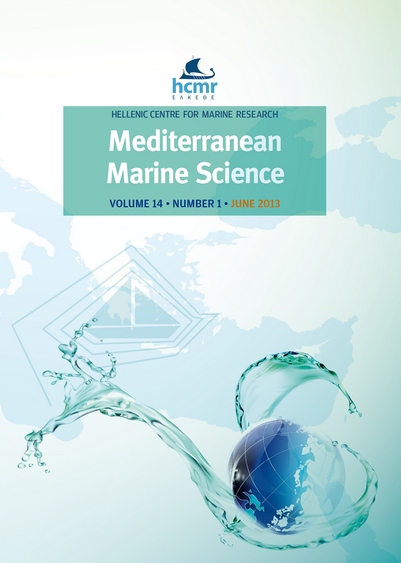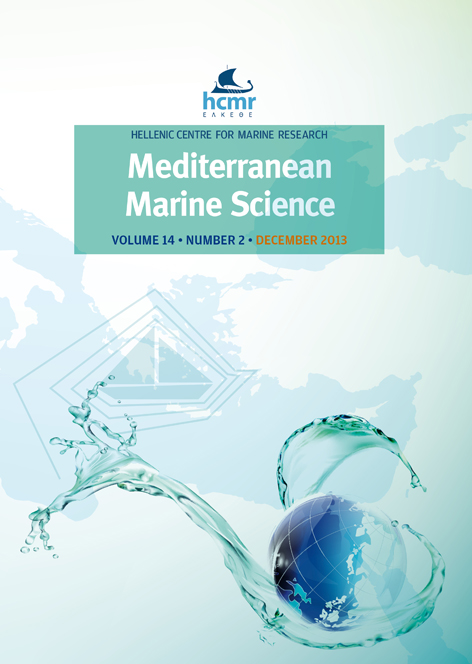Reproductive cycle of Bolinus brandaris (Gastropoda: Muricidae) in the Gulf of Gabès (southern Tunisia)
Περίληψη
The reproductive cycle of the purple dye murex (Bolinus brandaris) from the Gulf of Gabès was studied through gonad histology and calculation of bio-physiological indices (general condition index - K and gonadosomatic index - GSI). The shell length at first sexual maturity (SL50) of B. brandaris was also investigated using a macroscopic maturation scale. The population sex ratio was statistically unbalanced (M:F = 1:1.5), with a significant dominance of females. Monthly variation in gonad maturation stages, K and GSI revealed that B. brandaris has an annual reproductive cycle, long period of gonadal activity and slight asynchrony between sexes. The spawning season extended between April and July, with a clear spawning peak from May to June. The SL50 was reached at 56.4 mm in females and 54.6 mm in males. At present, B. brandaris has no commercial value in Tunisia, but it is predictable that it will become a fishery-exploited species in the near future. The present data, particularly the timing of spawning season and the size at first sexual maturity, constitute baseline information for the proposal of fishery management measures, aiming to ensure sustainable exploitation and long-term preservation of this alternative fishing resource.
Λεπτομέρειες άρθρου
- Πώς να δημιουργήσετε Αναφορές
-
ELHASNI, K., VASCONCELOS, P., GHORBEL, M., & JARBOUI, O. (2013). Reproductive cycle of Bolinus brandaris (Gastropoda: Muricidae) in the Gulf of Gabès (southern Tunisia). Mediterranean Marine Science, 14(1), 24–35. https://doi.org/10.12681/mms.325
- Τεύχος
- Τόμ. 14 Αρ. 1 (2013)
- Ενότητα
- Research Article
Authors who publish with this journal agree to the following terms:
- Authors retain copyright and grant the journal right of first publication with the work simultaneously licensed under a Creative Commons Attribution Non-Commercial License that allows others to share the work with an acknowledgement of the work's authorship and initial publication in this journal.
- Authors are able to enter into separate, additional contractual arrangements for the non-exclusive distribution of the journal's published version of the work (e.g. post it to an institutional repository or publish it in a book), with an acknowledgement of its initial publication in this journal.
- Authors are permitted and encouraged to post their work online (preferably in institutional repositories or on their website) prior to and during the submission process, as it can lead to productive exchanges, as well as earlier and greater citation of published work (See The Effect of Open Access).







